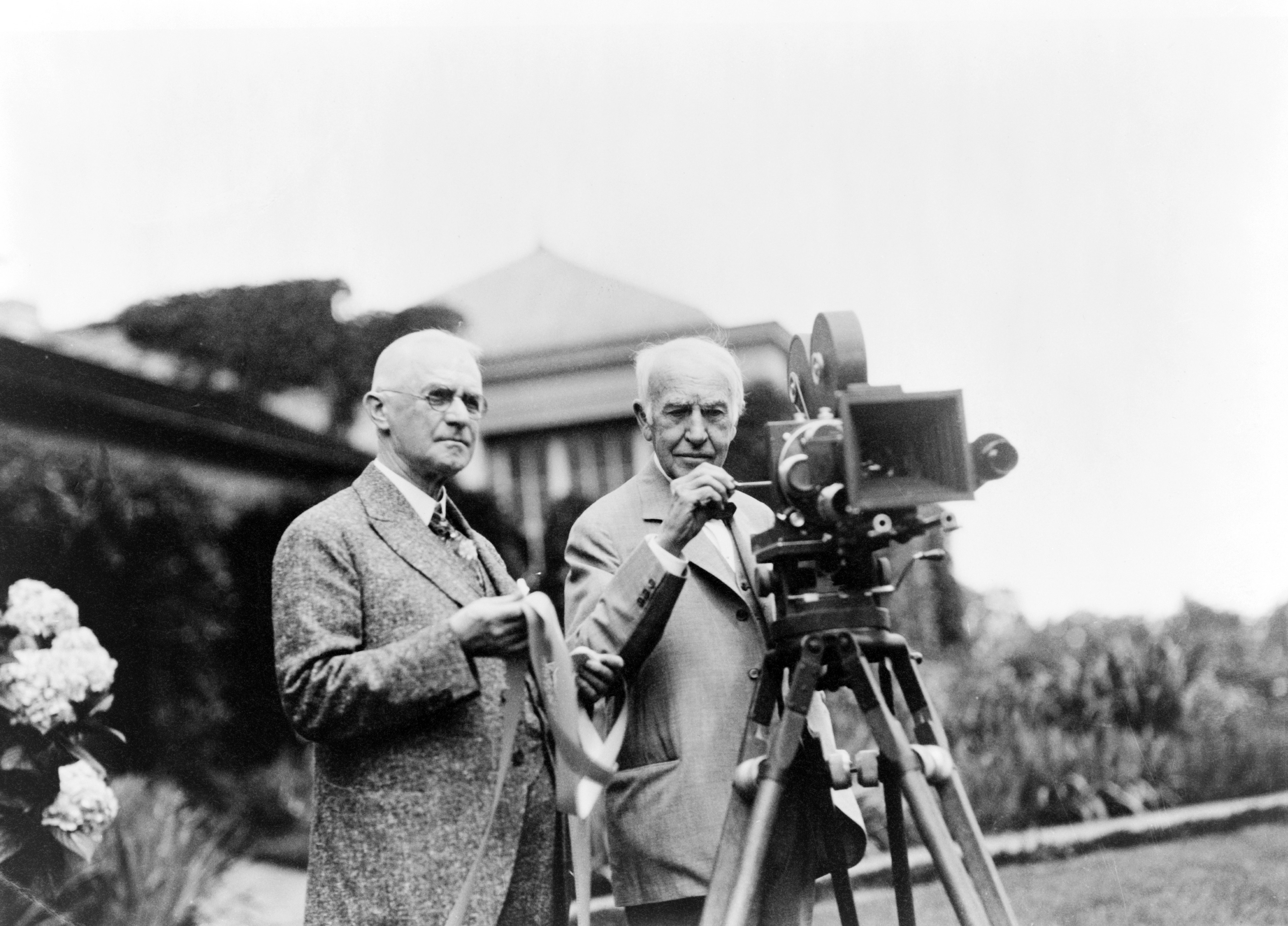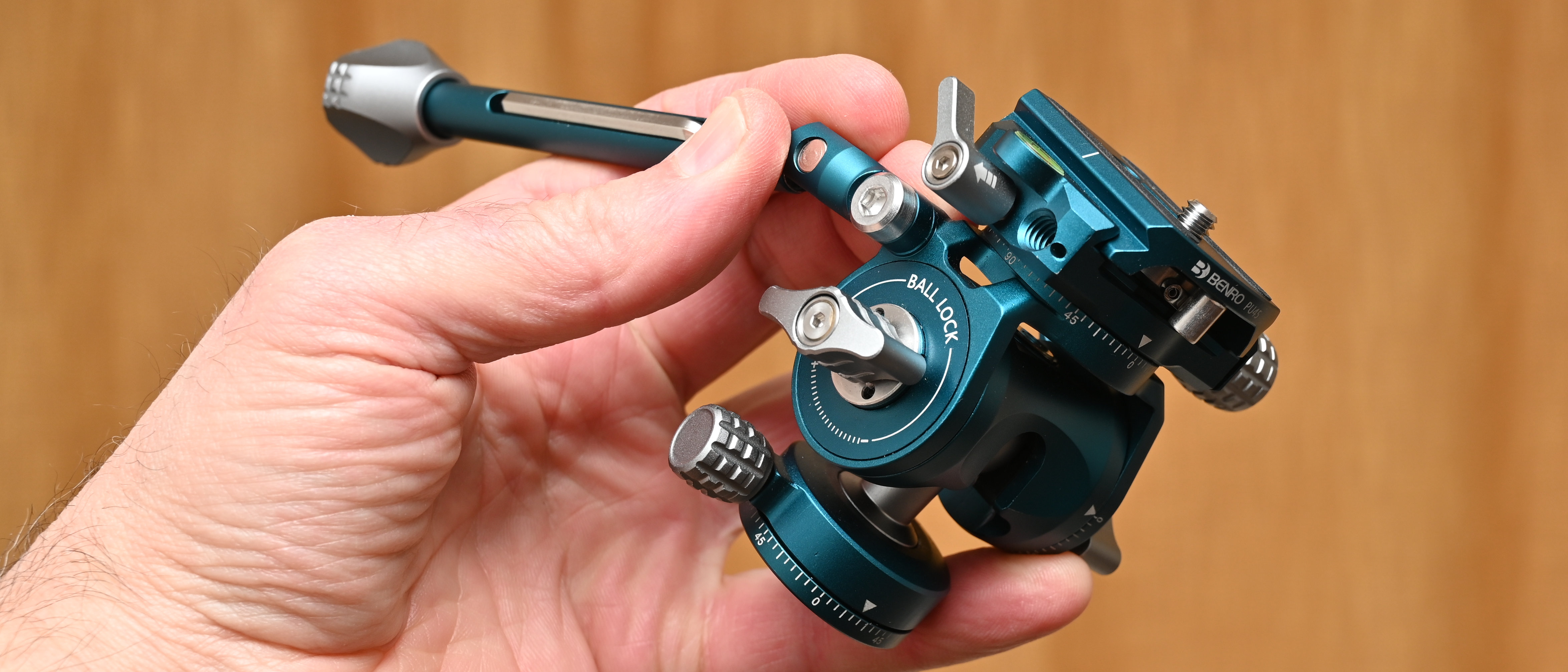Kodak earns a huge honor: the Historic Chemical Landmark Designation
George Eastman revolutionized film photography with the introduction of the Kodak 1 Box Brownie camera in 1888

Before the age of digital cameras and smartphones, photographers relied on film to take photos. Over the years the process has been refined, the cameras have got smaller and it’s become more accessible to normal people. But we wouldn’t be where we are today without one man in particular: George Eastman, the founder of the Eastman Kodak Company.
After a trip to the Caribbean in 1878, with a camera that was as big as a microwave (not that they existed then) and chemicals that were extremely toxic, Eastman decided that there must be a better way to take photos. Using what he knew about the chemistry and equipment needed, he set out to find a way to simplify the process and reduce the size of the camera needed.
• Check out the best film cameras
Ten years after Eastman’s trip to the Caribbean, Kodak launched the single most important camera in its history: the Kodak 1 Box Brownie, which completely revolutionized film photography. It cost $25 (almost $800 in today's money), came preloaded with roll film, weighed 900g, and after taking 100 photos it needed to be sent back to Kodak to be loaded with more film.
In the years that followed, Kodak continued to make the developing process more efficient, cameras kept getting smaller, and eventually photography became accessible to all. Kodak’s slogan, "You press the button, we do the rest" brought photography into the mainstream and it quickly became a national craze.
To honor Eastman's achievements in making film photography accessible to all, the American Chemical Society has awarded the Kodak Group a Historic Chemical Landmark Designation. This puts Eastman in the same category as scientists such as Edwin Land, who cofounded Polaroid, and Alexander Fleming, who discovered penicillin.
"This Landmark honors George Eastman, Eastman Kodak and the many generations of Kodak chemists, scientists and engineers who made photography an everyday part of our lives before the advent of smartphones and digital cameras," said Angela K Wilson, Society president. "Many of us remember the enjoyment of taking pictures, sending the film to be developed and waiting to see the printed photos."
Get the Digital Camera World Newsletter
The best camera deals, reviews, product advice, and unmissable photography news, direct to your inbox!
We have a lot to thank George Eastman for, and it's great that his achievements are receiving the recognition they deserve. It's easy to pick up a film camera these days and not think about how much the process has changed and simplified since Louis Daguerre came up with the Daguerreotype process in 1838. Despite how much camera technology has advanced since the first digital cameras burst onto the scene, film photography is as popular as ever with many modern photographers choosing to work entirely analog.

Having studied Journalism and Public Relations at the University of the West of England Hannah developed a love for photography through a module on photojournalism. She specializes in Portrait, Fashion and lifestyle photography but has more recently branched out in the world of stylized product photography. Hannah spent three years working at Wex Photo Video as a Senior Sales Assistant, using her experience and knowledge of cameras to help people buy the equipment that is right for them. With eight years experience working with studio lighting, Hannah has run many successful workshops teaching people how to use different lighting setups.
